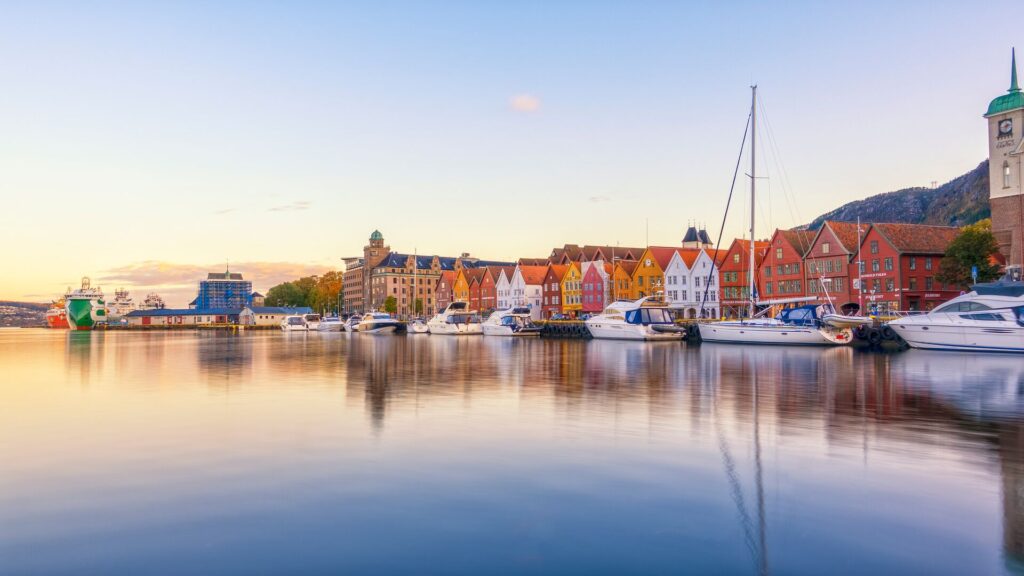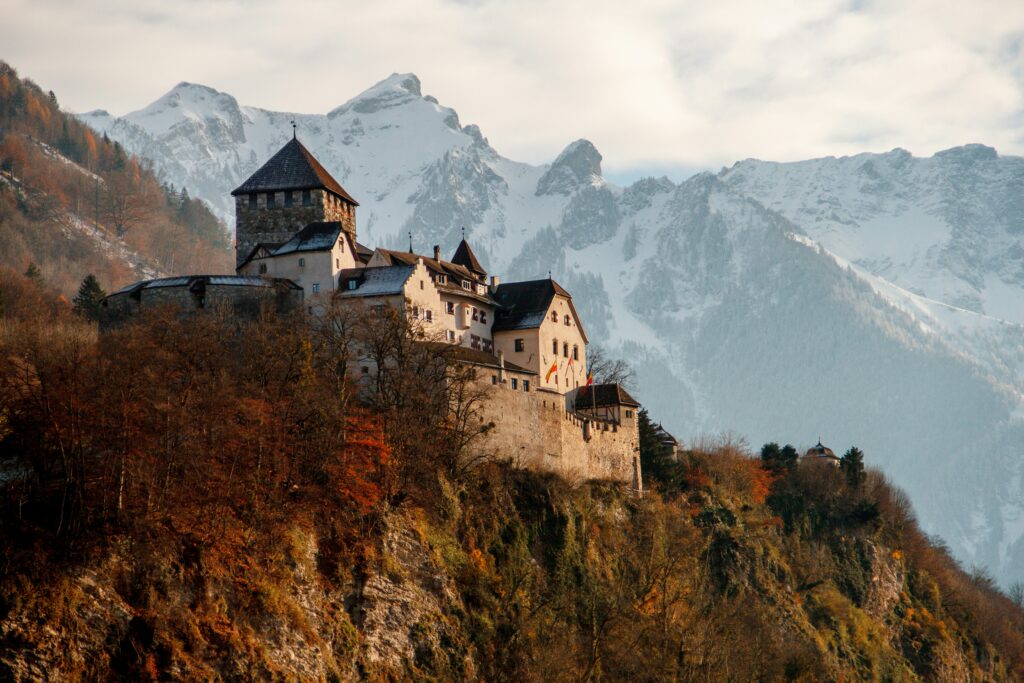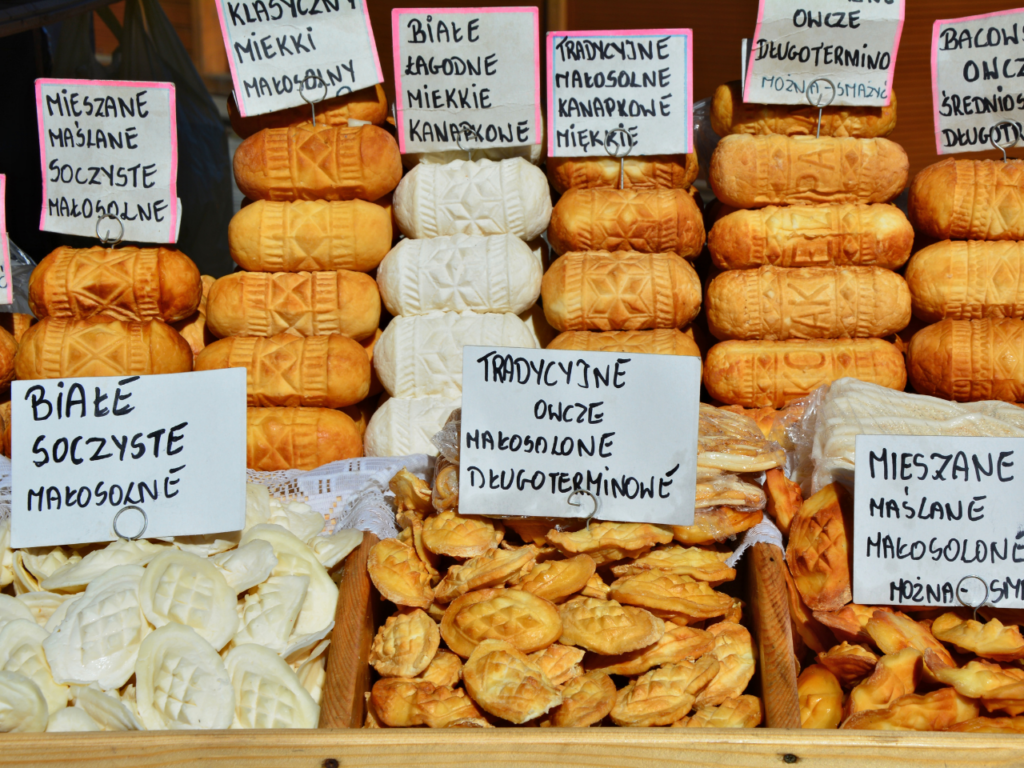Peek Inside the Homes of Britain’s Literary Heroes, by Historian Alice Loxton
Not only is the British Isles home to the world’s largest library by book volume (London’s British library contains, among much else, around 13.5 million printed books), it also has the third highest percentage of readers (behind India and the USA). In short, for lovers of the written word there are few destinations with a richer literary landscape – quite literally.
From England to Ireland, the British Isles is dotted with secret pilgrimage sites for readers – the houses of the British Isles’ most influential writers. Luckily, many of the houses of these literary greats still exist. They have been redeveloped as charming museums, and are open to the public. There are plenty dotted across the Isles – all with their own particular quirks and peculiarities – but here are a few of the best.
William Shakespeare’s house, Stratford-Upon-Avon, England
Located in the heart of the country – and perhaps the most famous of all – is the birthplace of the playwright William Shakespeare. This delightful house, built of wattle of daub, is in the centre of Stratford-Upon-Avon, on Henley Street. From these rooms, Shakespeare’s father sold gloves out the front window, and little William skipped to the nearby grammar, King Edward’s School. It’s a wonderful day out, complemented by a visit to Holy Trinity Church, where Shakespeare is buried, and the Royal Shakespeare Theatre.
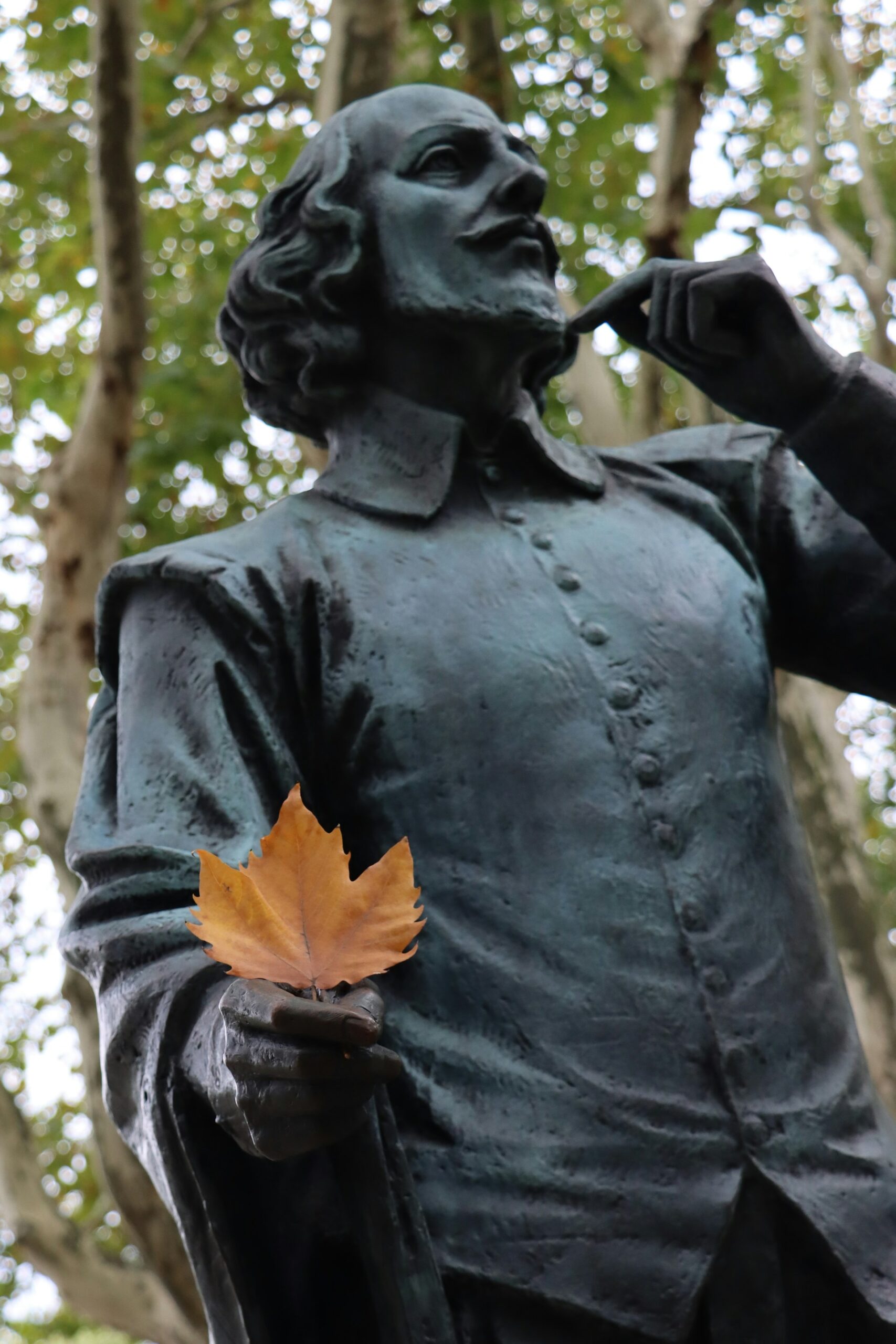
The 2020 novel Hamnet by author Maggie O’Farrell is a fictionalised re-telling of the events surrounding and leading up to the death of Shakespeare’s son, Hamnet, in his Stratford-Upon-Avon home. It won the 2020 Women’s Prize for Fiction and the 2021 British Book Awards Book of the Year.
William Wordsworth’s Dove Cottage, the Lake District, England
“The loveliest spot that man hath ever found”, is how the poet William Wordsworth described Dove Cottage, his home in the Lake District. He lived here with his sister, Dorothy Wordsworth, from December 1799 to May 1808. It was over eight years of “plain living, but high thinking”. Indeed, inspired by the beautiful natural scenery, Wordsworth wrote his most famous works here, including “I Wandered Lonely as a Cloud”, with the iconic lines: “When all at once I saw a crowd, a host, of golden daffodils”.
Agatha Christie’s ‘Greenway’, Devon, England
Another must-see for literary fans is the house of Agatha Christie. Set in bucolic Devon countryside and perched high above the sweeping River Dart, is a large, white Georgian house, named ‘Greenway’, which Christie described as “the loveliest place in the world”. Today, visitors can explore her rooms and belongings: her Steinway piano, some rare first editions of her novels, and her mother-of-pearl inlaid chest, which she described it as the “sort of furniture that reminds one of fairyland”. Make sure to head down to the boathouse, the inspiration from a crime scene in Poirot’s ‘Dead Man’s Folly’.
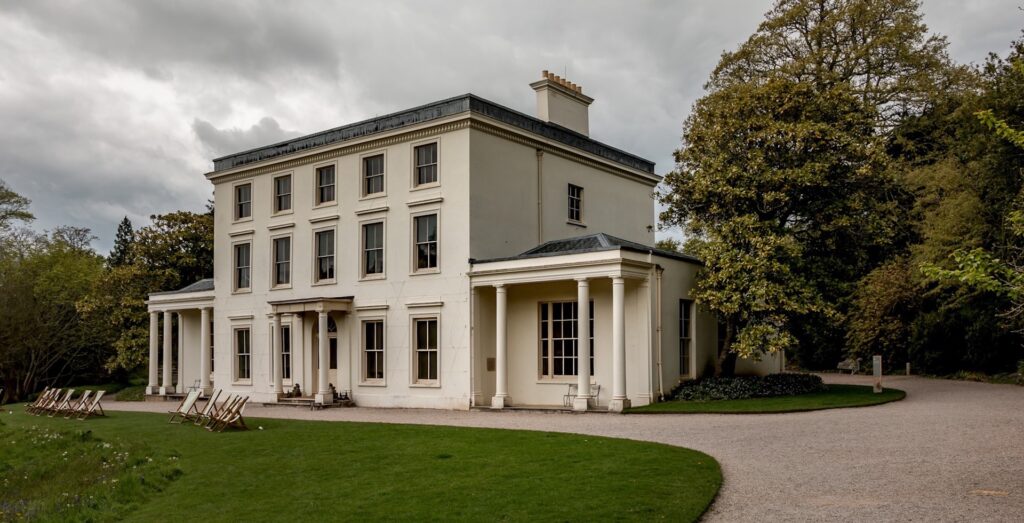
Oscar Wilde House, Dublin, Republic of Ireland
Across the sea, in Dublin, is another literary delight. Located in the Georgian grandeur of Dublin, at One Merrion Square, is the Oscar Wilde House. It was here that Oscar Wilde – that infamous poet and dramatist – spent his childhood. With his siblings Willie and Isola, Oscar’s formative years played out, often in the park opposite, with governesses. In his teenage years, when Oscar began studies at nearby Trinity College Dublin, he remained at home for his first year at college.
SAVE UP TO $2,000 PER COUPLE* ON YOUR FIRST PREMIUM TOUR.
Plus receive latest offers, travel inspiration, and discover how your travels will make a positive impact. Together, WE MAKE TRAVEL MATTER®. Subscribe NowCharles Dickens’ 48 Doughty Street, London, England
48 Doughty Street was the London home of Charles Dickens, and now a delightful museum. This was Dickens’s home from 1837-1839, where he moved in with his wife, Catherine, and their eldest son Charlie. It was while living here that Dickens finished writing ‘The Pickwick Papers’, and completed ‘Nicholas Nickleby’ and ‘Oliver Twist’. The years at Doughty Street were transformative for his career: the modest writer became an international celebrity.
The Brontë Parsonage, Haworth, England
For any Brontë fans, the quaint village of Haworth, set in the beautiful Yorkshire countryside, is a must see. Here, is the parsonage where the Brontë family lived. Visitors can enjoy exploring the entrance hall, still “stained in a pretty dove-coloured tint”. Then comes the dining room, where ‘Jane Eyre’, and ‘Wuthering Heights’ were written. Upstairs is Charlotte Brontë’s bedroom, which was recorded as “really beautiful in some lights, moonlight especially”. Haworth is also home to the Brontë Parsonage Museum, which contains the world’s most comprehensive collection of Brontë manuscripts, letters, novels and poetry.
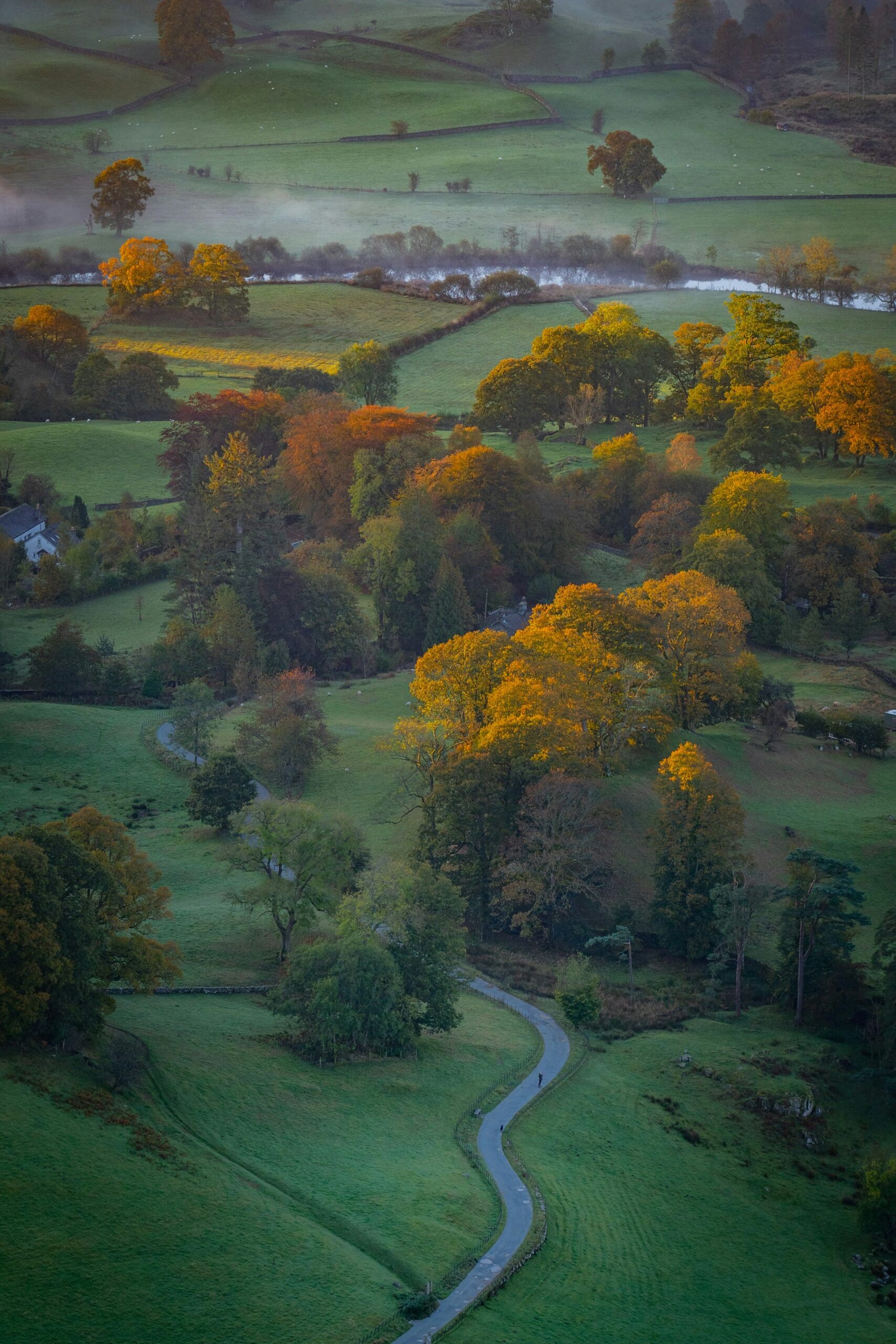
The Brontës’ father, Patrick Brunty, was from a poor, illiterate Irish family – but changed the family name, and its fortunes, after attending St. John’s College, Cambridge.
At Jane Austen’s house in Chawton, visitors can admire Austen’s tiny writing desk. At Hill Top – Beatrix Potter’s cottage in the Lake District (below) – you can explore the cottage-gardens, which inspired her lovely illustrations. At the Samuel Johnson Birthplace Museum in Lichfield, visitors can gaze upon Johnson’s armchair, tea set and portable writing desk, alongside the walking stick of David Garrick and a bookcase belonging to James Boswell.
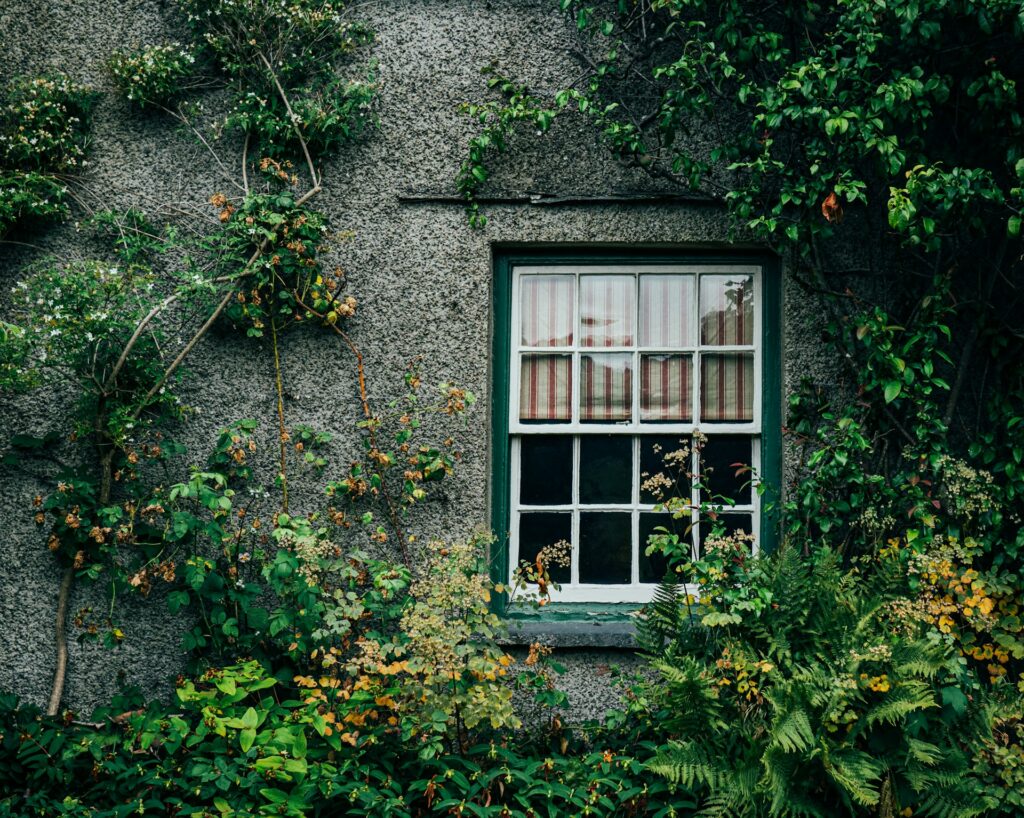
So, there are plenty of literary delights to explore – locations which, no doubt, will inspire any budding writer with their creative endeavours.

LIKED THIS POST? SHARE WITH YOUR COMMUNITY

